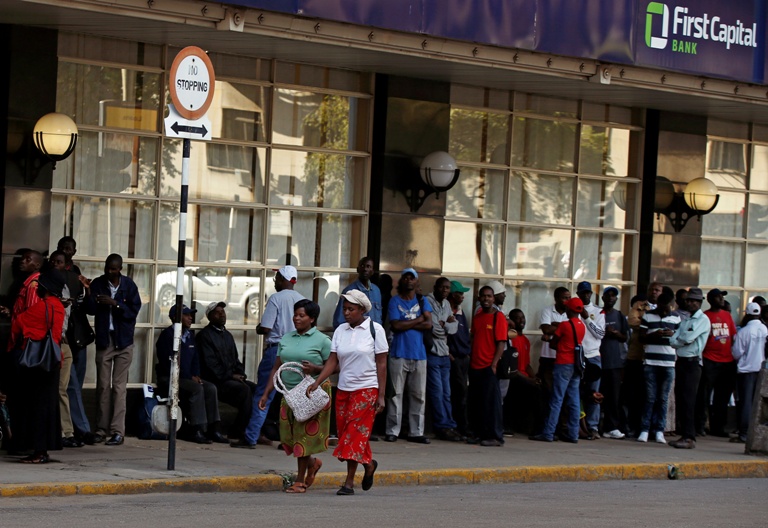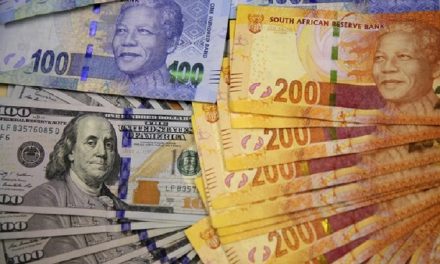Speaking at the Zimbabwe National Chamber of Commerce annual business review conference that took place in Harare last week Reserve Bank of Zimbabwe Deputy Governor Khupukile Mlambo revealed that ZWL$110 million worth of cash had been availed into the system thus far. The cash had been introduced as part of an overall plan to introduce ZWL$1.1 billion worth of cash to alleviate cash shortages. The impact of cash introduction has not really been felt much on the street.
Despite a few initial reports of ATMs dispensing cash for the first time in years the cash situation in Zimbabwe has not changed much. Looking at the prevailing cash-out rate still at 40% and cash still being rare enough for people to hawk supermarkets to ask others if they are shopping with cash the impact of the 110 million has not been felt. According to the RBZ’s initial target, the release of cash to date is only 10% of the target. While it would be ludicrous to expect the situation to be alleviated at this point.
A mere 110 million takes the cash in circulation to an estimated 500 million dollars where the money supply is believed to be around 15 billion. Cash percentage is only roughly 3.6% of the money supply. Up from a pre cash injection 2.6%. The target is 10% of the money supply so there is still roughly 1 billion dollars to be introduced over the next 4 months. Mlambo reiterated that the introduction of notes was done in a non-inflationary manner with notes being swapped for electronic balances already held by banks.
However, the introduction of the cash has not been smooth as they would like to portray. Delays in banknotes reaching banks were quickly followed by images of illegal currency traders with blocks of the new cash. Suggesting that the plagues of the financial system that led to the cash crisis, amongst the other crises we face, are still present. Perhaps the problem does entirely lay in the amount of cash but rather where it ends up. While banks were investigated for the cash that made it to the streets no outcome was arrived at, a state of affairs we have become accustomed to.
A clampdown on mobile money cash in and cash out facilities has also contributed to the lack of change. While the move was taken to control and restrict mobile money agents ability to participate in the selling cash at a premium it has also had an adverse effect of limiting cash out and leaving other electronic money agents unwilling to allow cash withdrawals. Low cash withdrawal limits mean that the need to queue is on the up.
It will certainly take more than what has been availed so far to change the situation entirely, signs of change should be seen. Policies that contradict the needs of the public have however taken away any gains that could be seen. Inflation and exchange rate continue to put pressure on demand for cash. We are a long way from getting out of this.








